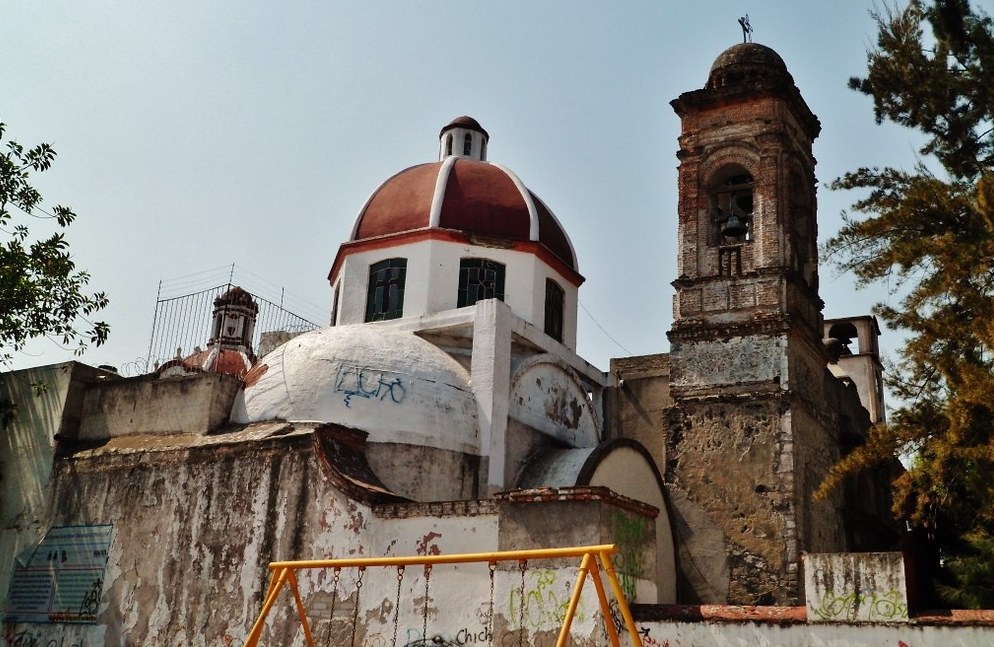
Magdalena de las Salinas fue un pueblo que alcanzó su punto más alto a principios del siglo XIX. En ese momento, el pueblo contaba con unos 14 barrios, entre ellos Tula, Huautla, Texacoac, Moyotla Capoltitlán, Tepalcatitlán y Tlatlacama. De estos surgieron las colonias de la actual Ciudad de México. El antiguo pueblo, uno de los asentamientos originarios de Gustavo A. Madero, llevaba el nombre de Coatlayauhcan que significa “lugar de la serpiente de niebla.”
Como todos los barrios que hoy se denominan “de las Salinas”, éste comenzó como una salina en las marismas de la antigua orilla norte del lago. Dependientes de Tlatelolco durante la época antigua, las mismas comunidades pasaron la época colonial como pueblos sujetos a la Villa de Guadalupe.
La iglesia que vemos hoy comenzó como una pequeña capilla franciscana en el siglo XVI. Este conserva el gran atrio utilizado para la misa al aire libre y la evangelización. Probablemente era mucho más grande en el pasado. Roma secularizó la mayoría de las propiedades de las órdenes en el siglo XVIII, convirtiéndolas en iglesias parroquiales regulares bajo una diócesis y un obispado. En ese momento, una parte de los archivos de esta iglesia fueron trasladados a la Parroquia de Santa Ana.
La iglesia de Santa María Magdalena de las Salinas (en la foto) conserva su retablo mayor original. El retablo utiliza columnas de estilo salomónico que crean el entorno de pinturas al óleo y esculturas que representan la Pasión de Cristo. La iglesia es hoy parte de la moderna colonia Panamericana, que, salvo su iglesia, se extiende hacia el norte y el este de ella. El vecindario es quizás más conocido por albergar la importante estación de Autobuses del Norte. En esa zona se encuentran tanto el Hospital de Traumatología y Ortopedia del IMSS, como el conocido CCH Vallejo. Sin embargo, se extiende incluso hasta la Avenida Insurgentes Norte, a la altura del centro comercial Encuentro Fortuna.
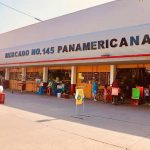
Cercano a 0.12 kms.

Cercano a 0.55 kms.

Cercano a 0.70 kms.
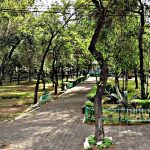
One of Mexico City's oldest continuously inhabited little towns . . .
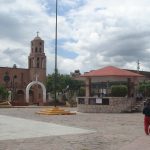
La compleja historia del Pueblo San Juan de Aragón...

Una iglesia antigua notable encima de una pirámide antigua y olvidada...
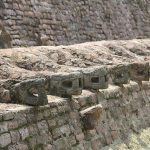
Tenayuca ofrece una mirada profunda a la Mesoamérica temprana. Algunas de las ruinas más antiguas de la zona son de fácil acceso.
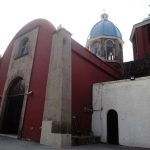
Uno de los pueblos más antiguos del norte de la ciudad, Zacatenco, data del año 1200 a. C.